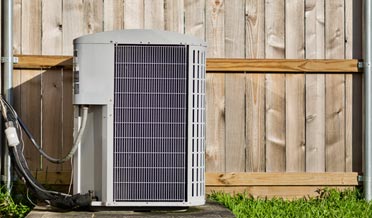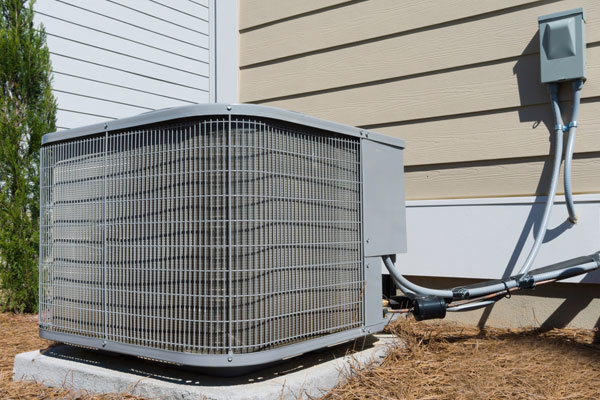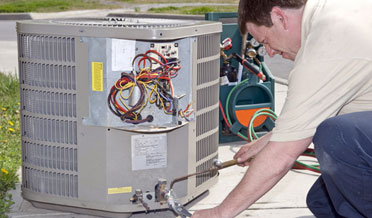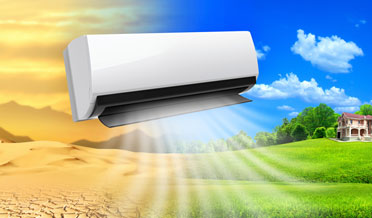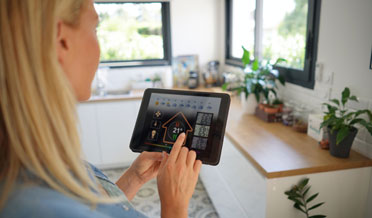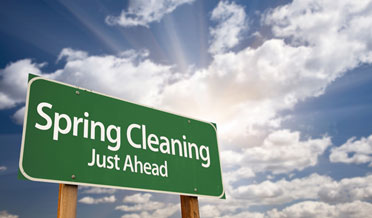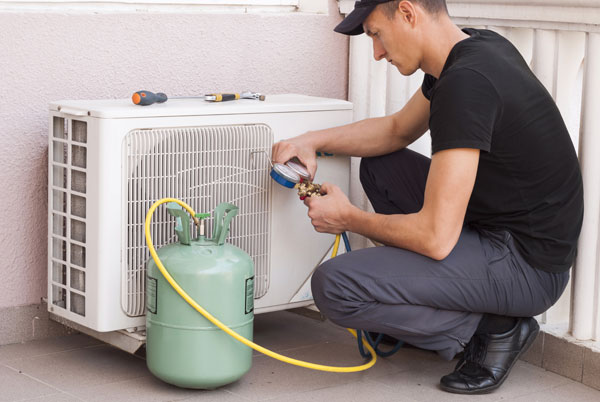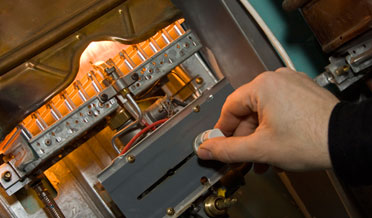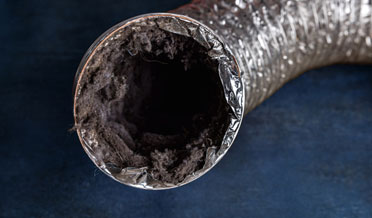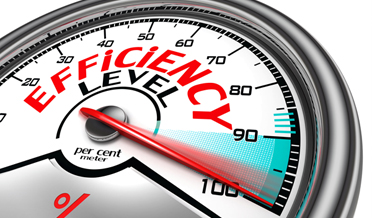When You Need an AC Installer
Summertime is surely heating up and the cooling season is in full swing. For several years, turning on the air conditioner with full confidence that it will cool properly has been an assumption. If you have been relying upon the same air conditioner for years, replacement may be on the horizon.
However, the advantages of a new air conditioner system are tremendous; perhaps the replacement of the air conditioner should be considered an upgrade. Here are several upgrade advantages to consider helping with decision-making on when to call an AC Installer.
Reasons for an Upgrade and the Need to Call an AC Installer
Age. If the old, worn-out system is in danger of failure, the new system will be an upgrade. The technologies are available, such as variable speed blower motors and Smart thermostats to schedule temperature changes for comfort and energy savings.
Home expansion or remodeling. If the footprint of a home changes, it will change the heating and cooling needs of the space. Air conditioners are sized according to the need. A technician can calculate the load and make recommendations for an upgrade.
Health changes. The HVAC will impact the indoor air quality in a home. Poor indoor air quality harms family members who have breathing difficulties. A health need may lead to the need to upgrade the air conditioner system.
Condition
Perhaps this home purchase was recent, and the existing air conditioner is questionable, at best. No one will guarantee the lifespan of an air conditioner—it will last as long as it lasts. Typically, air conditioners function well for 10 to 15 years; excellent maintenance may add as many as 5 years of serviceability. If your AC system functions poorly, an upgrade and a call to an AC Installer may be in order.
Refrigerant Gases
Air conditioning and refrigeration systems use refrigerant gases that people typically refer to as freon. This term is inaccurate since these gases change from time to time. Some of the best refrigerant gases are harmful to the environment and the U.S. Environmental Protection Agency regulates changes to protect the ozone layer. New systems use the newly regulated gas, and the old gas is no longer available. That makes the existing supply of the old gas extremely expensive. When repairs are made, the cost of the old refrigerant might tip the cost scale and make replacement a preferred decision over a repair.
Efficiency
An old, worn AC unit had the best technology when it was manufactured, but improvements in AC technology have made tremendous strides. With a slightly warmer climate, the old tech is struggling to keep up. Wear and tear add to the struggle.
An old, worn, struggling system costs more to operate than a new AC system. A new system also creates greater comfort and is more convenient to schedule.
Repair Costs
Minor repairs may keep an aging AC system running during an emergency, but at some point, repair costs will become excessive and, eventually, impossible. When a major component, such as the compressor motor, fails, the cost of replacing the component and the refrigerant gas approaches the cost of replacement. Keeping an old system intact does not make economic sense and an upgrade is in order.
Looking for an AC Installer?
For more information about R.M. Mullinix and AC Installer, schedule an appointment, or visit our AC Maintenance information page.
